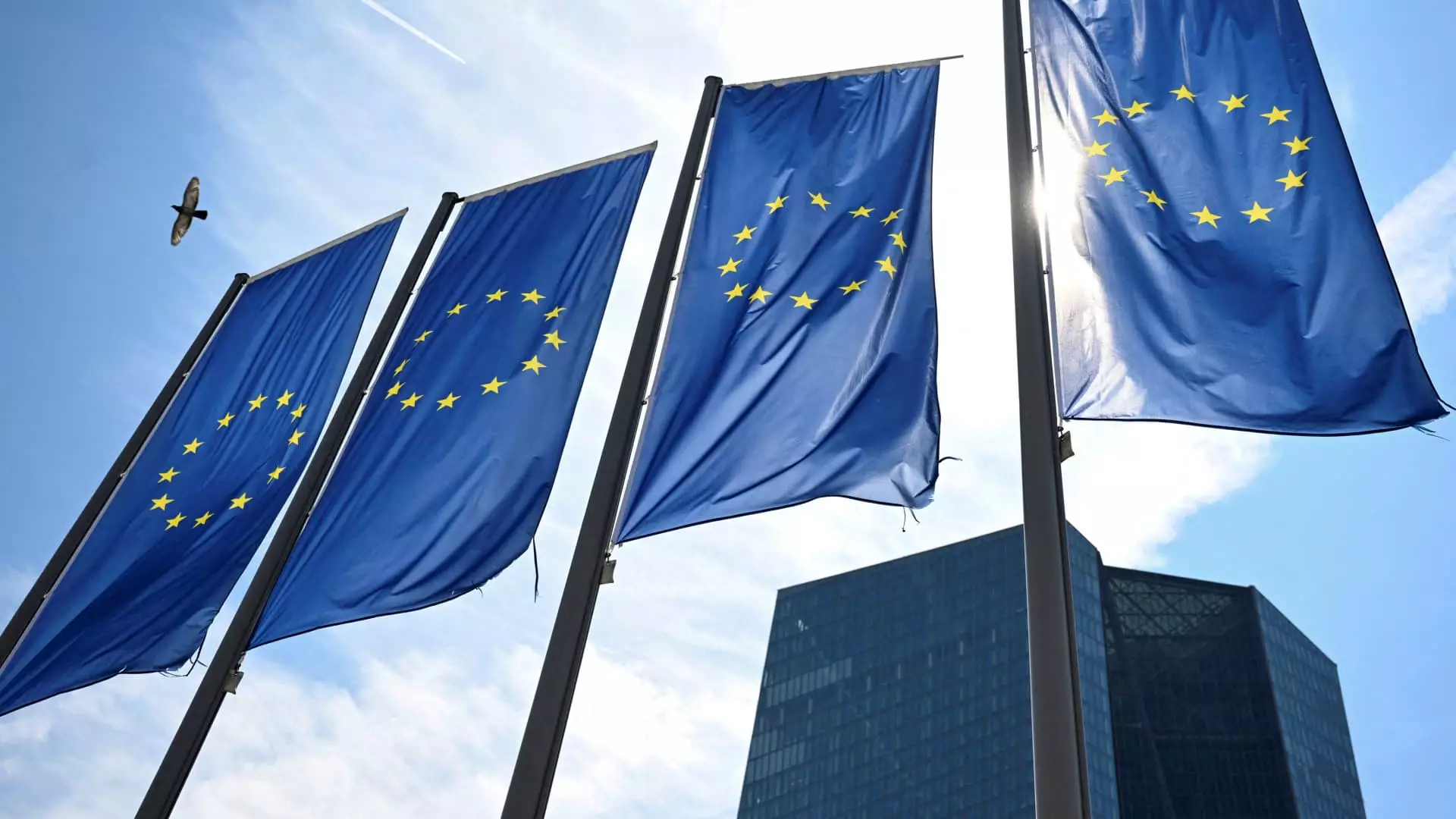As European leaders convene to deliberate on the pressing need for heightened defense investments, they do so under an intimidating specter: the looming threat of U.S.-imposed tariffs. This week marks a critical juncture, not only for defense policy but also for international trade dynamics. The arrival of President Trump’s recent tariff announcements warrants careful consideration of how transatlantic relations might be reshaped amidst these economic pressures.
The announcement of tariffs targeting goods from Mexico, Canada, and China underlines an aggressive trade posture from the Trump administration. While European products have thus far evaded the tariff net, such a stance inevitably raises alarms across the Atlantic. Trump’s rhetoric, characterizing the European Union (EU) as a trading adversary, sets a precarious tone for discussions on collaborative defense funding. This week’s meeting may pivot around the need to adapt to an increasingly volatile trading environment, with some leaders expressing concern about the repercussions of potential tariffs on EU goods.
Economic Interdependence: A Double-Edged Sword
Although the complexities of global trade suggest a strong interdependence between the U.S. and EU, recent data indicates an uneasy balance. The United States has maintained its status as the EU’s largest export market, and the bloc’s export composition—primarily automobiles and pharmaceuticals—reveals a reliance on American markets. Conversely, the EU’s imports, which heavily feature oil and natural gas from the U.S, present a dependency that could serve as leverage in negotiations. However, the overarching narrative is fraught with tension, as officials prepare for a potential sliding scale of tariffs that could disrupt these deeply intertwined economies.
Strategic Responses: Mitigating Trade Friction
In the face of impending economic challenges, there is a consensus within EU circles that increasing energy purchases from the U.S. could serve as a mitigative approach to defuse tensions. An anonymous EU official echoed the sentiment that the situation warrants careful navigation to avoid encroaching on a trade confrontation. This perspective shows that the EU isn’t just a passive actor; it’s ready to engage in strategic maneuvering to safeguard its economic interests while maintaining a robust defense posture.
As the EU grapples with its position in a shaky trading environment, it has asserted its commitment to a rules-based trade system. Leaders are already preparing for the ramifications of U.S. actions, demonstrating a readiness to respond firmly to unwarranted tariffs. The European Commission spokesperson’s comments signal a dedication to maintaining economic stability while highlighting the potential for resilience against what they view as arbitrary trade barriers. However, the anticipated trade strategies are underscored by a challenging reality, where any miscalculated move could further escalate tensions.
The meeting of European leaders reflects a critical moment in which defense financing interweaves with broader economic concerns in the face of aggressive U.S. trade policies. As rising tariffs create ripples across the Atlantic, the EU is at a fork in the road: it must decide whether to confront these challenges head-on or adopt a more conciliatory stance. There is an urgent need for Europe to assert its economic sovereignty while simultaneously safeguarding the pillars of collective defense. The coming days will not only shape the future of transatlantic relations but will also define the EU’s approach to global trade in an increasingly fragmented landscape.


Leave a Reply